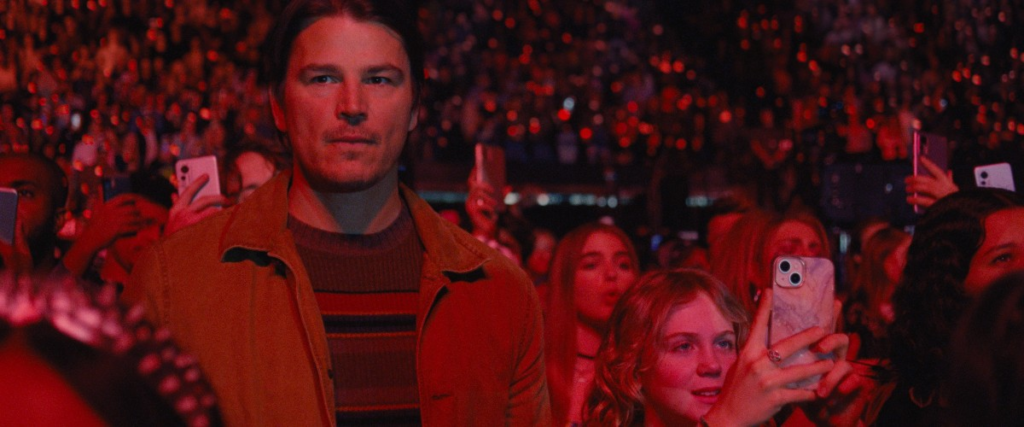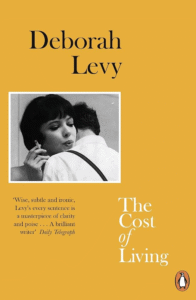A Trap for the Senses: M. Night Shyamalan’s “Trap”
A Simple Premise with Terrifying Consequences
M. Night Shyamalan returns with “Trap,” a psychological thriller that delves into the depths of human fear. The film follows a father and daughter who attend a pop concert only to find themselves trapped in a sinister game of survival. Shyamalan’s signature style, characterized by a slow-burn narrative and a shocking climax, is in full effect.

Psychological Terror: A New Direction for Shyamalan
What sets “Trap” apart from Shyamalan’s previous works is its reliance on psychological terror. The film eschews supernatural elements in favor of exploring the power of the mind and the human capacity for fear. The director’s use of sound design and cinematography is particularly effective in creating a sense of unease and dread.
Strong Performances and a Compelling Narrative
The performances in “Trap” are equally impressive. The actors deliver nuanced and believable portrayals of characters grappling with fear and uncertainty. The father-daughter relationship is a central element of the film, providing a sense of humanity amidst the chaos. While “Trap” may not be as groundbreaking as some of Shyamalan’s earlier films, it is a solid addition to his filmography. The director’s ability to create suspenseful and thought-provoking narratives remains intact.




















